History Detective
Jr. Member
- Aug 30, 2010
- 75
- 11
- Detector(s) used
- Garrett Ace 250
- Primary Interest:
- All Treasure Hunting
Can anyone please help with the identification of these what I believe are revolutionary war buttons? I bought them from someone who didn't have a clue ( like me ) as to what they were other than possibly American Rev. War related. They are framed under glass so I can't get to the backs unless I dismantle the frame which I may end up doing if need be...
Also, can anyone help determine if they are reproductions or the real thing...
If authentic any idea on value? Thanks so much in advance!
Also, can anyone help determine if they are reproductions or the real thing...
If authentic any idea on value? Thanks so much in advance!


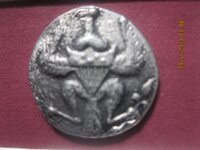
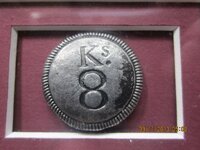
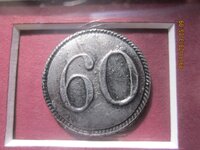

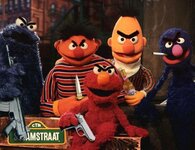


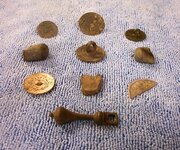
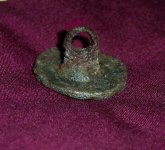
 I really appreciate it!
I really appreciate it!
